

Hi Friends, I hope everyone’s year is off to a great start! It feels like this year is going to be a lot different than last year for buyers and sellers. There has been a lot of talk on what will happen once the mortgage rates start to drop. I think once rates start to fall, we are going to see a big wave of buyers come to the surface. I have already noticed more and more homes starting to hit the market and the energy just feels different amongst other agents. Only time will tell what will happen, but it’s certainly not a time to sleep during this market. Locking in a property sooner rather than later could prove to be the smartest move. Now is a perfect time to purchase a property with a smaller buyer pool and sellers willing to negotiate. If rates do drop in the coming year, homeowners can always refinance their mortgage at a lower rate. Taking advantage of a buyers’ market with less competition could save buyers in the long run from the headache of bidding wars once the rates drop allowing more buyers to be present. If you are thinking of buying or selling a property, I would love to help. I am always here to answer any questions you may have. Check out Barronestates.com for more information on selling, purchasing or leasing your next home. I will do my best to assist and educate you in finding your place called “Home, Sweet Home” for now or at last!!
Warmest Regards,
Oriana
![]()


If you were priced out of the housing market in 2023, you might have better luck finding an affordable home in 2024.
Mortgage rates are expected to decrease by nearly 1% by year’s end — from 6.6% down to as little as 5.75% — according to recent housing forecasts. That’s good news for buyers, as the decrease would reduce their monthly mortgage costs by roughly $200 for a median-priced home.
On Thursday, 30-year fixed mortgage rates slid to 6.6% after peaking at 7.79% in October 2023, per Freddie Mac data. That’s the lowest they’ve been since May 2023.
Rates in 2024 are expected to “moderate toward a more normal level,” with 30-year fixed averages dropping below 6% by the end of the year, according to a revised outlook published by Fannie Mae’s Economic & Strategic Research group on Thursday.
This lines up with other recent projections:
- National Association of Realtors chief economist Lawrence Yun predicts 30-year fixed rates are expected to “hold steady” at 6% in “upcoming months.”
- The Mortgage Bankers Association projects 30-year rates of 6.1% by the end of 2024.
- More optimistically for homebuyers, Bankrate predicts average 30-year rates of 5.75% by the end of 2024.
How much less mortgage payments could be in 2024
Assuming you make a 20% down payment on a median-priced home worth $431,000, the total monthly cost of a mortgage would drop by as much $190, according to CNBC Make It’s mortgage calculator. Here’s a look at the estimated totals based on projected 30-year fixed interest rates:
- 6.6% (current rate): $2,202
- 6.1%: $2,089
- 5.75%: $2,012
Over the course of the entire mortgage, that could amount to around $68,000 saved on interest.
Note that the totals are for the mortgage amount only and do not include additional expenses like private mortgage insurance, home insurance and property taxes.
While a reduced mortgage rate would provide some measure of cost relief to homebuyers, home prices are also expected to rise in 2024.
The National Association of Realtors expects a modest home price increase of 0.9% from 2023, Fannie Mae projects 2.4% and business intelligence company CoreLogic forecasts a year-over-year gain of 2.5%, as of November 2024. However, it’s worth noting that home price growth can vary considerably by region.
Whether it’s a good time to buy a home will depend on your personal finances and where you want to live. While a 1% drop in mortgage rates might not offer enough cost relief on its own, declining home prices in some regions — especially Florida — could make the difference.


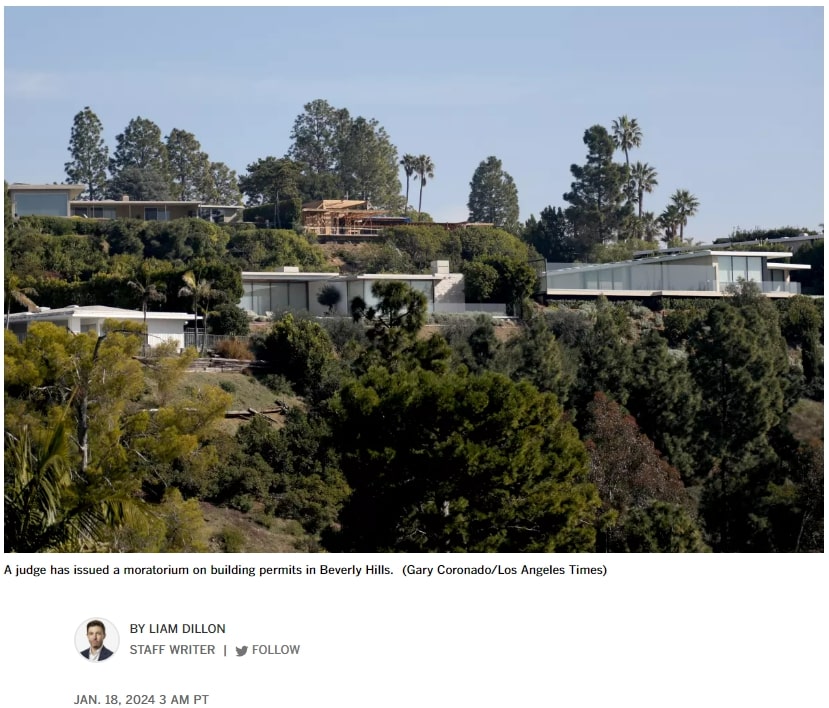
Projects that cross the transom of the Beverly Hills building department include the extravagant — pool grottoes and bowling alleys — as well as the more quotidian kitchen and living room upgrades.
In recent months, the city approved a $100,000 basement spa in the $125-million mega-mansion owned by WhatsApp co-founder Jan Koum, exterior upgrades for an $80,000-a-month rental and a $130,000 kitchen and bathroom remodel in a home purchased a week before for $6.7 million.
Now, any similar home improvements desired by Beverly Hills property owners are under threat.
Last month, Los Angeles County Superior Court Judge Curtis A. Kin blocked the city from issuing all building permits except for new residential development as a penalty for Beverly Hills’ failure to approve a sufficient blueprint for affordable housing.
Officials are appealing the decision and say they’re continuing to process permits as normal. But the potential ramifications on home and business owners and the construction industry have left civic leaders aghast.
“I’m shocked by the judgment,” said Murray Fischer, a real estate attorney who has practiced in Beverly Hills for 50 years. “It would mean that the city is at a standstill.”
The permit moratorium would be among the most concrete consequences of California’s attempts in recent years to push cities to allow for new housing, including in wealthy communities that have long resisted it.
Few if any places are more famous for their luxury than Beverly Hills, where entrepreneurs and entertainers — such as Jeff Bezos, Leonardo DiCaprio and Taylor Swift — own mansions, opulent hotels attract well-heeled visitors, and glamorous boutiques make Rodeo Drive one of the most expensive shopping strips in the world.
Yet growth has been nonexistent. In 1970, the population of Beverly Hills was 33,400. Today, it is 32,400. Over the same period, the number of California residents has doubled to nearly 40 million.
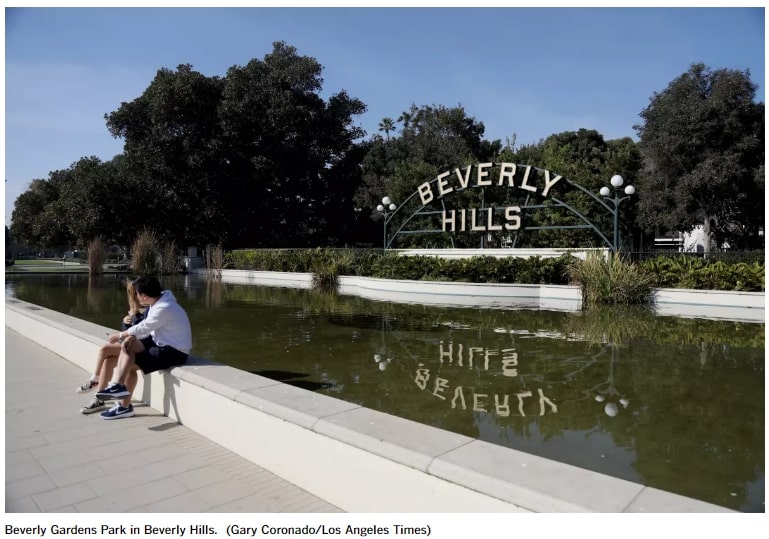
Home and business owners in Beverly Hills frequently remodel their properties, but the makeup of the community — with single-family homes north of Santa Monica Boulevard and largely multifamily and commercial development south — has remained the same. Some residents argue the city’s fame and beauty result from efforts to preserve it as it is.
We have intentionally created a desirable environment by deliberately avoiding overdevelopment and over-densification,” said Thomas White, chair of the Municipal League, a 60-year-old civic organization.
State officials previously had not challenged Beverly Hills despite a 50-year-old law that requires local governments to plan for a growing population and allow people of all incomes to live in every community.
Under the law, every eight years the state tells all cities how many new homes they need to accommodate. In the cycle before this one, Beverly Hills’ total was three, an amount so minuscule given the depths of California’s housing problems that it invited national attention.
In an effort to combat widespread housing unaffordability and reduce carbon emissions, state legislators in recent years have passed a series of laws aimed to encourage more development in cities near job centers and mass transit. No longer, they argued, should wealthy enclaves get a pass — citing the discriminatory effects of low-density zoning laws and research showing better economic and health outcomes for low-income families that can move to richer areas.
In the current period, Beverly Hills’ target under the housing planning law jumped to 3,104 homes, with three-quarters of them affordable to low- and middle-income residents.
The state does not mandate that cities build or approve new projects, just that they zone for them. Nevertheless, after Beverly Hills’ number was set in late 2019, years of angst followed.
The city’s strategy has been to try to continue to wall off its existing residential neighborhoods — those with the mega-mansions and apartments buildings alike — and instead concentrate growth in commercial areas through mixed-use development.
The plan hasn’t worked. The state has rejected five blueprints from Beverly Hills since summer 2021, most recently in December. California housing department officials said the city is overestimating how many of its commercial properties could add residential development and criticized the plan on fair housing grounds for not allowing more affordable housing in the city’s whiter and more affluent areas.
As Beverly Hills was fighting with the state, Californians for Homeownership, a nonprofit funded by the California Assn. of Realtors, sued the city last January, asking a judge to compel officials to pass a compliant housing plan. Kin agreed that Beverly Hills’ blueprint was deficient, citing similar issues as the state.
The judge noted that Beverly Hills is counting on medical office buildings and car dealerships to convert to housing, despite the city’s own concession that it’s unlikely to happen. In its plan, for instance, the city says an Audi dealership on Wilshire Boulevard that was just renovated could turn into 41 apartments.
Matthew Gelfand, an attorney representing Californians for Homeownership, praised Kin for the permit moratorium, saying that the decision could lead to a groundswell within Beverly Hills to make a deal with the state.
There is some real consequence to the city continuing to drag its feet,” Gelfand said, a real consequence that will make people demand that the city do its job.”
Gelfand said the permit moratorium should now be in effect. But he said he’s open to negotiations to pause it while the case is under appeal.
Similar permitting moratoriums have been issued in cases involving local housing blueprints for some time, seen as a remedy harsh enough to cajole reluctant cities, though they’re typically put on hold to give local governments one more chance to take action. An August legal settlement involving state Atty. Gen. Rob Bonta and the city of San Bernardino calls for a permitting moratorium triggered only if the city doesn’t pass a state-approved housing plan this year.
But targeting a community as wealthy — and with as busy and expensive a home remodeling industry — as Beverly Hills is unprecedented, said Bill Fulton, a fellow at UC Berkeley’s Terner Center for Housing Innovation and an expert on California planning.
Fulton attributed the decision to the state’s more aggressive housing targets combined with outside groups’ increasing willingness to sue.
It was inevitable that some judge was going to do this,” he said. But whether this becomes the norm or not, I don’t know.”
Besides pursuing an appeal of the court ruling, Beverly Hills officials plan to submit additional information about the city’s housing blueprint to the state in the coming weeks in the hopes of garnering approval soon, city attorney Larry Wiener said in a statement.
Beverly Hills is facing potential impacts aside from the permit moratorium. Developers are taking advantage of a tactic available only when cities don’t have a compliant housing plan to propose building essentially whatever they want as long as they set aside a certain number of units for low- or middle-income residents.
Eight projects totaling 706 units have been put forward at heights and densities that otherwise wouldn’t be allowed, including a 19-story tower blocks from the Waldorf Astoria and Peninsula hotels that would be the tallest building in Beverly Hills. If constructed, the developments would bring roughly 140 low-income homes to the city, seven times more affordable housing than was built in the entire previous eight-year cycle.
In contrast to affluent enclaves in Silicon Valley or coastal communities up and down the state, Beverly Hills, with its robust commercial district and central location, always has had a level of urbanity and a mix of housing. Nearly 60% of Beverly Hills housing stock is apartments and condominiums, and more than half its residents are renters.
Half those renters pay more than 30% of their incomes on housing, an amount the federal government considers cost burdened,” an example of affordable housing problems directly affecting Beverly Hills.
Still, residents opposed to the state’s housing mandates say they will require too much change.
When you try to force too many sardines into a sardine can, you end up with something inedible,” said White of the Municipal League. It’s the same thing here. You have a fully built out city, and the state wants to force a lot more people into it. We don’t want to see our city destroyed one square foot at a time.”
Fischer, the real estate attorney, is part of a group of local lawyers, architects, real estate investors and others who have proposed meeting state requirements by raising height limits in prime mixed-use areas to as tall as 100 feet. He agreed with the city’s attempts to limit growth in residential areas and said he believes the proposal is a fair one.
There are very limited amounts of space where they can provide for greater housing,” Fischer said.Others, even those who would lose business during a permit moratorium, said it’s time Beverly Hills faced sanctions for its resistance to new development.
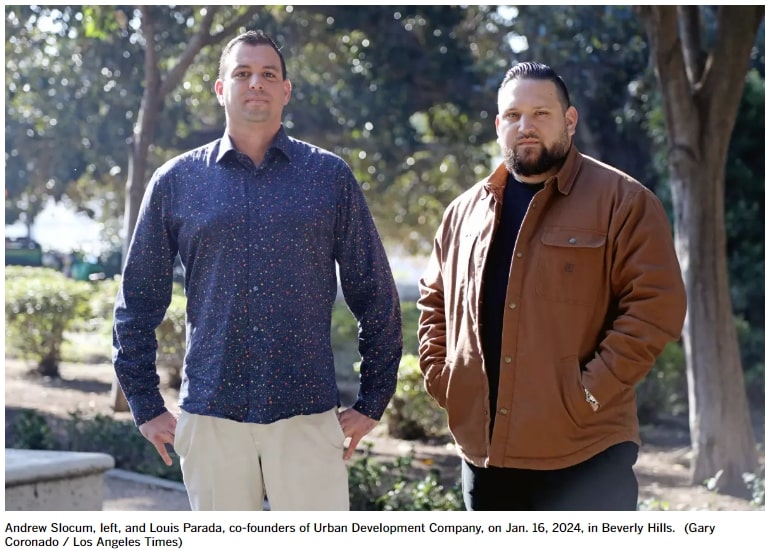
Andrew Slocum, co-owner of Urban Development Co., said Beverly Hills’ zoning and building restrictions make it too hard on firms like his that are trying to provide smaller mixed-income and affordable housing projects in the community. Slocum, whose company also has worked on home remodeling in Beverly Hills, said he supports a moratorium to force the city to act.
It’s going to cause a little bit of pain for people who work in that municipality, but I think sometimes pain creates change,” Slocum said.
Slocum said that because the city is continuing to process remodeling projects, many are unaware of last month’s court decision. But if that changes, he said, the reaction probably will be immediate.
The minute someone goes in there and they do not issue permits, it’ll be wildfire through the developer, the builder, the contractor community,” Slocum said. It’s unheard of.”


Those familiar with New York’s clubby dining scene will have heard of Cipriani, the legendary 92-year-old restaurant that’s a regular celebrity hot spot. For years the storied restaurant maintained locations across the globe in Manhattan, Las Vegas, Miami, Mexico City, and Italy (Venice and Milan), but never on the West Coast. But as of January 10, Beverly Hills is home to the latest outlet at 362 North Camden Drive.
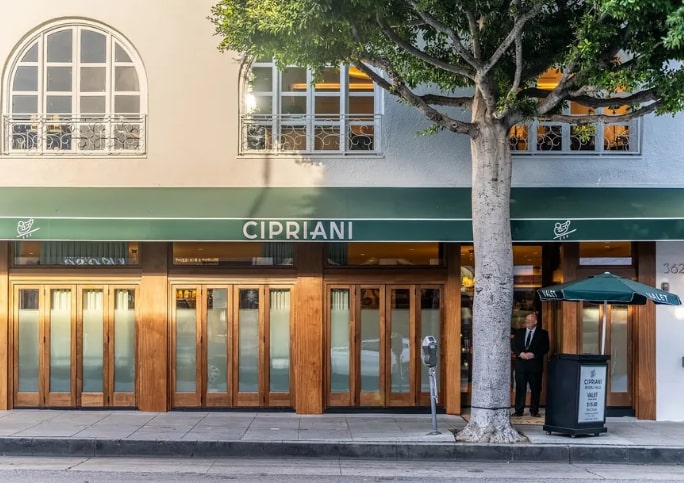
Cipriani, one of the world’s longest-running Italian dining brands, began in 1931 when Giuseppe Cipriani Sr. opened the original Harry’s Bar in Venice, Italy. Cipriani famously invented two iconic standards at Harry’s Bar: the Bellini cocktail made with peaches and Prosecco, and carpaccio, the dish of raw beef pounded thin. The current generations of Ciprianis — Arrigo, Giuseppe, and his sons Ignazio and Maggio — now run the show, operating New York City’s Cipriani 42nd Street, Cipriani Downtown, a travel company, catering company, and Harry Cipriani in the Sherry Netherland hotel, a duplicate of the original Harry’s Bar.



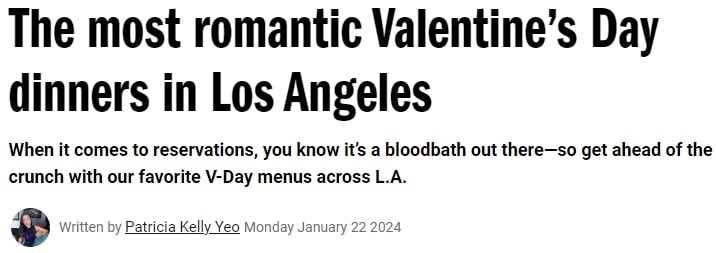
For many restaurants, Valentine’s Day is their Super Bowl—and this year, the Hallmark holiday and big game day are going head to head, with many of the city’s best eateries pulling double duty in order to offer specials and menus for both events, since the Super Bowl falls on Sunday, February 11. In other words, the weekend before Valentine’s Day, when many people choose to celebrate.
Our word of advice? Skip an early celebration and instead dine with your loved ones on Valentine’s Day itself, which falls on a Wednesday this year. (For one thing, you’ll be able to enjoy the same menu at Santa Monica’s Pasjoli at a discount.) Though you’ll find plenty of restaurants with à la carte menus, our curated list of the best Valentine’s Day prix-fixe menus in L.A. will take further hassle out of planning and choosing.
From romantic hideaways to a handful of the city’s best restaurants, old favorites and newcomers alike, these excellent L.A. restaurants have your V-Day plans more than covered in terms of ambience and food alike—and if you find that your first choice is booked, you’re almost guaranteed to find another just-as-great spot on this list.

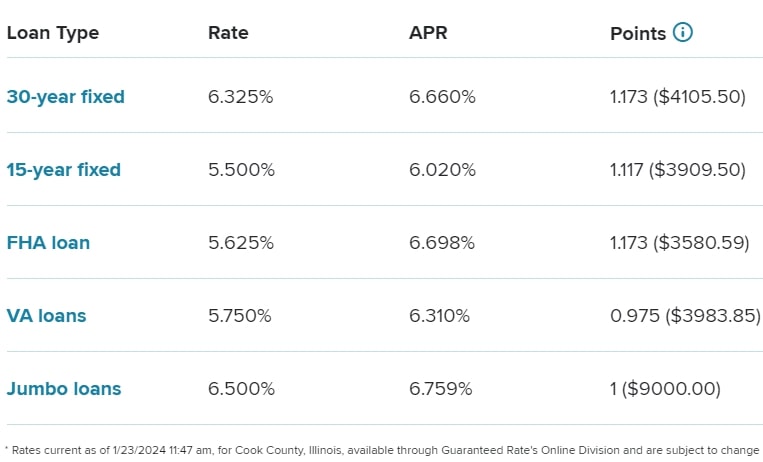

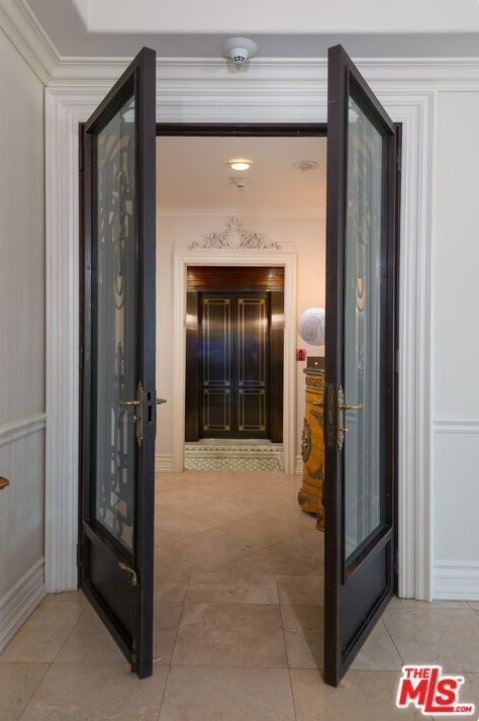


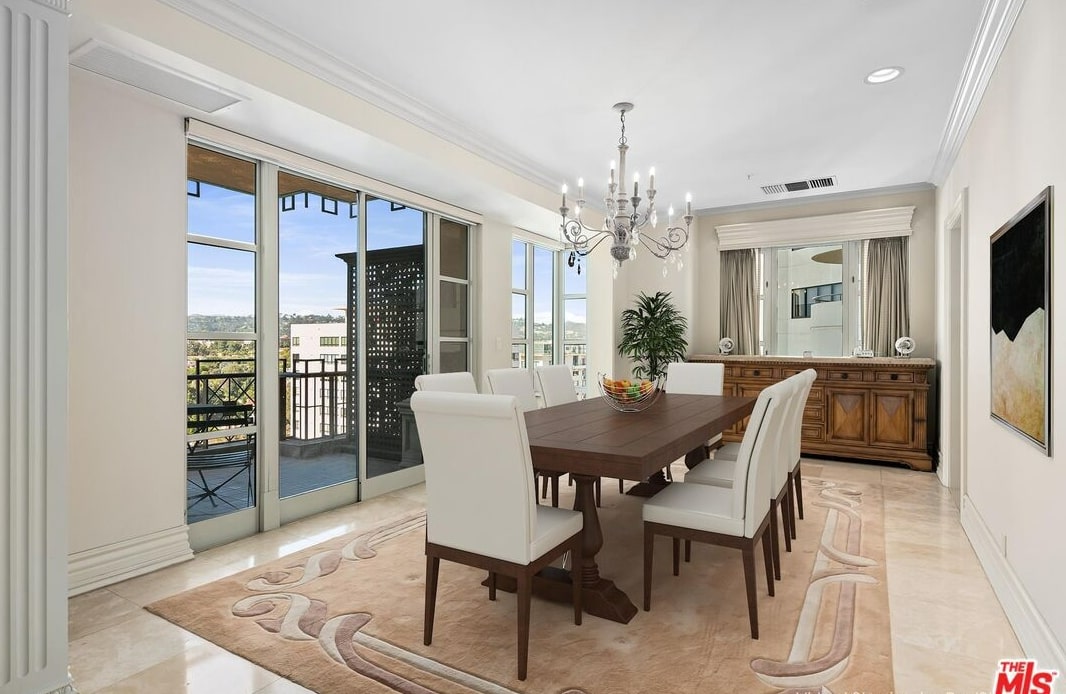

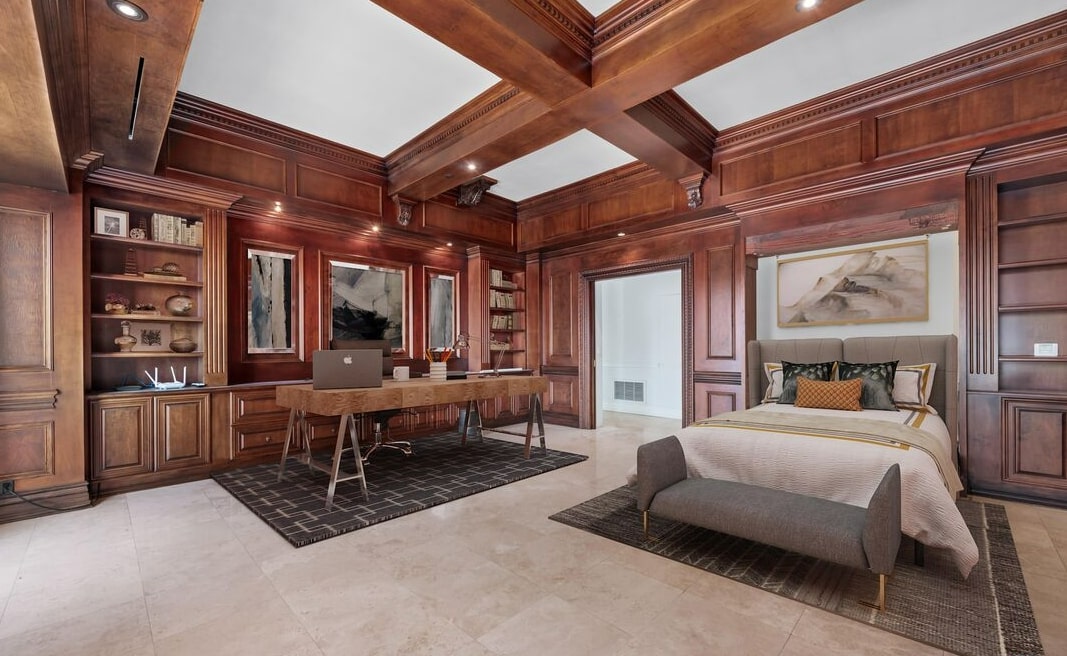
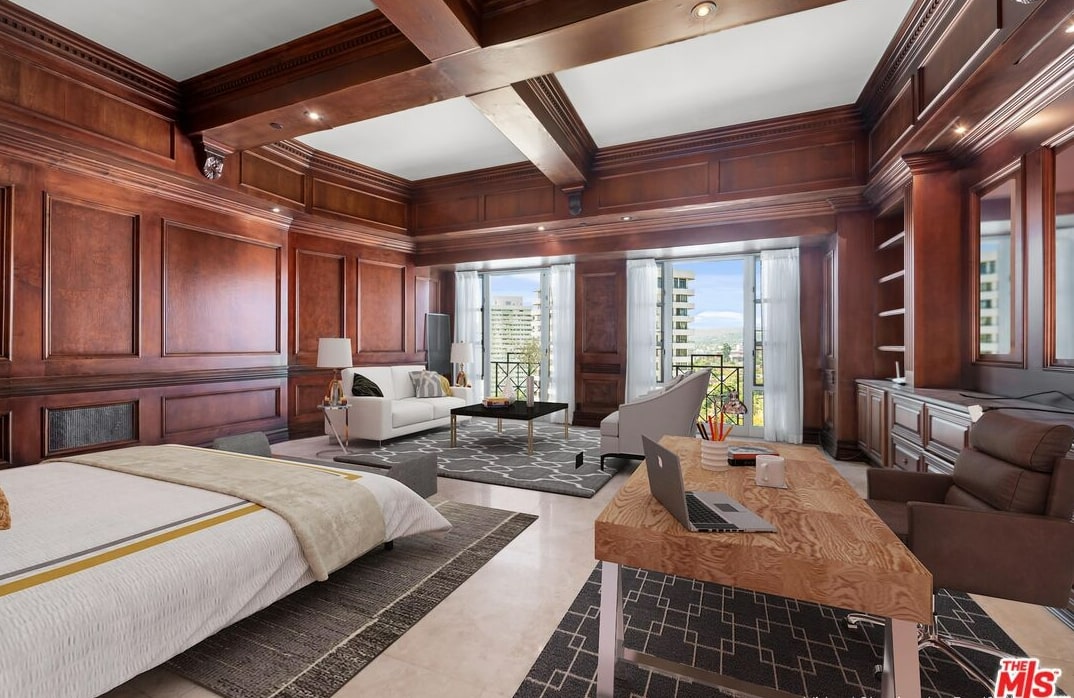
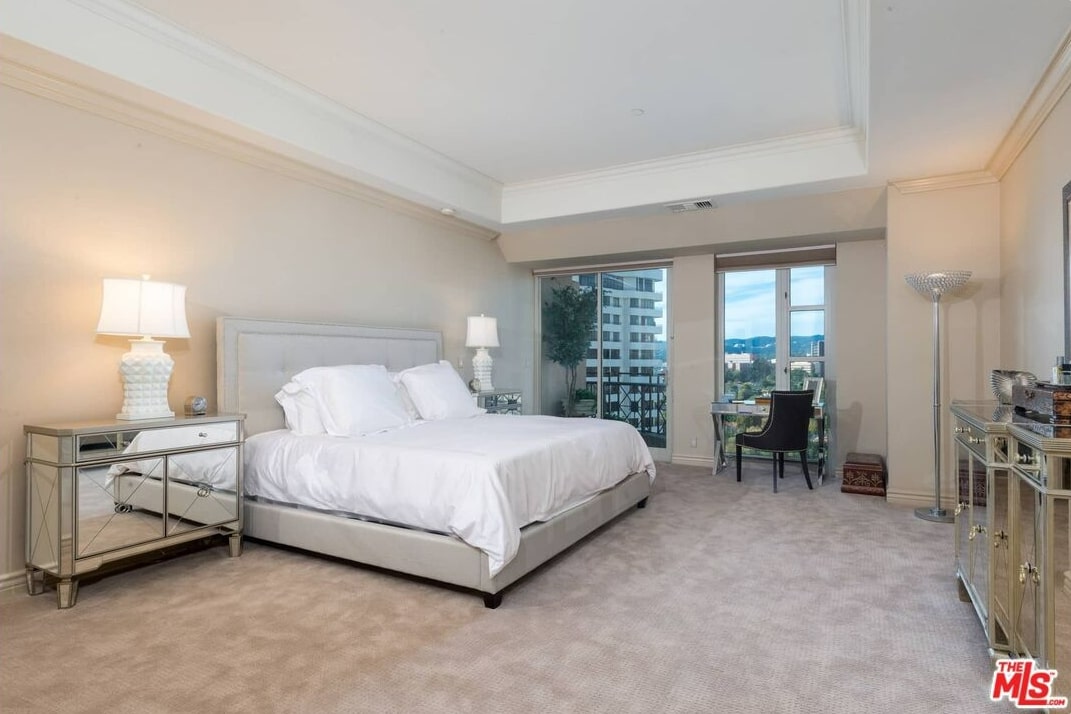


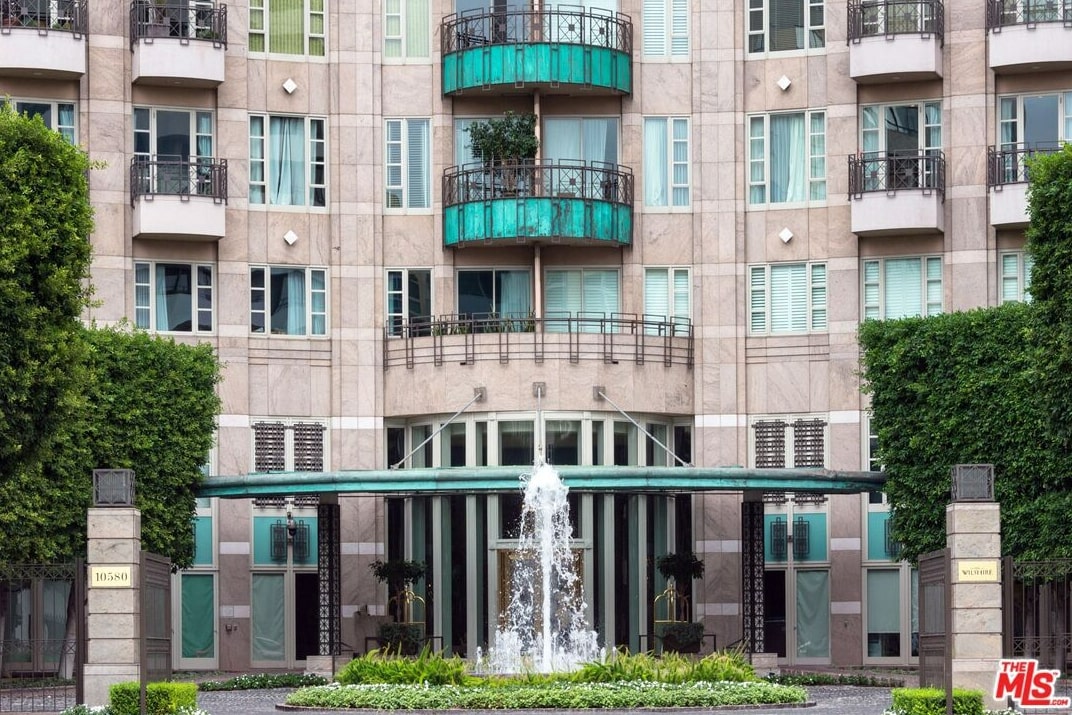
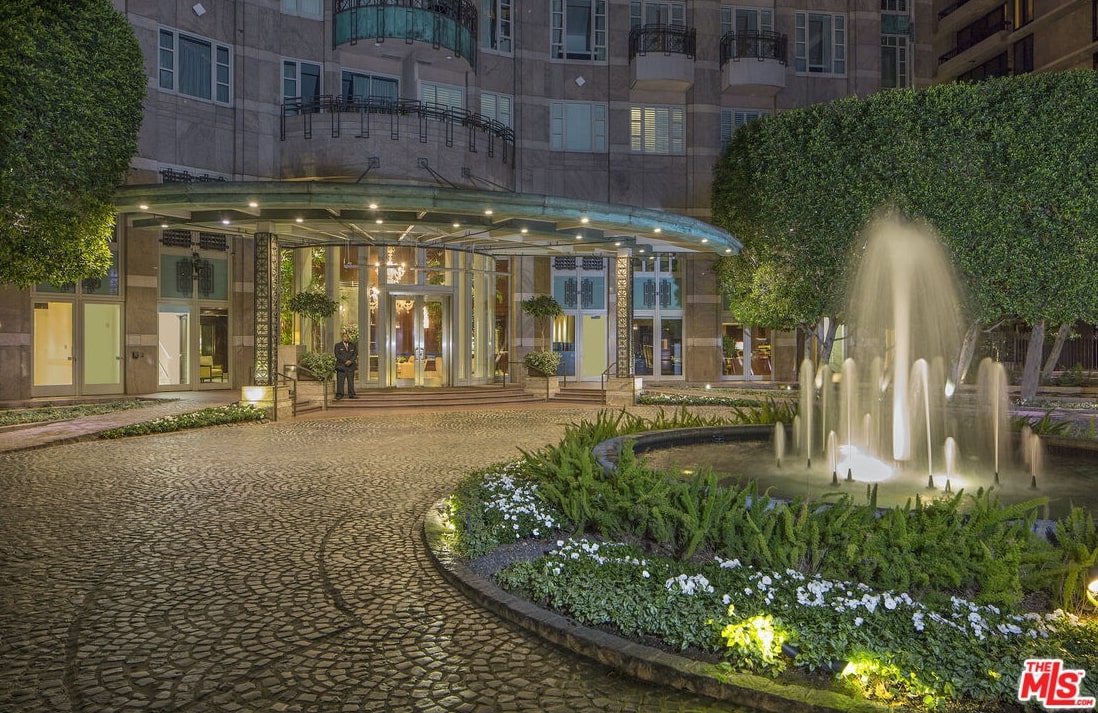
“New Look” Barronestates.com

If you’re new to the newsletter or haven’t joined us in a while, I have a brand new website that is an amazing tool if you’re looking to purchase a home. I worked this past year at bringing a new and improved site to all of my clients and future clients. The site is much easier to navigate and allows users to search for properties directly through my site. You will also be able to access all previous newsletters as well as the current one. My goal is to provide a better user experience for everyone to make finding or selling their dream home a success. Please visit Barronestates.com for a new and improved user experience! THANK YOU for all your continued support!
READY TO LIST OR FIND YOUR NEXT HOME?

Contact Oriana & learn more at BarronEstates.com

